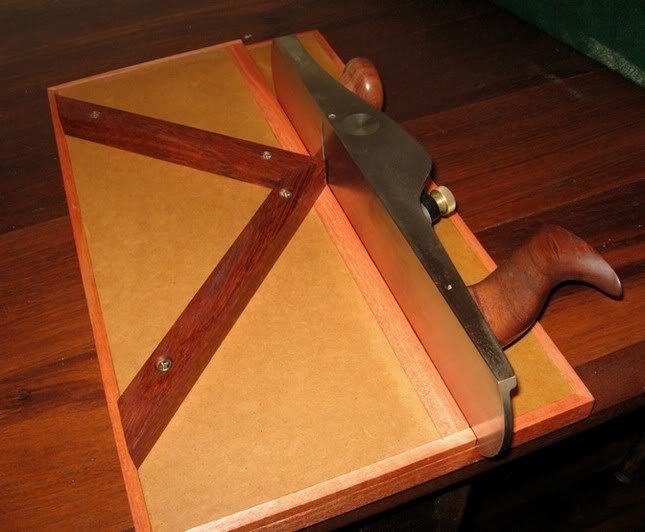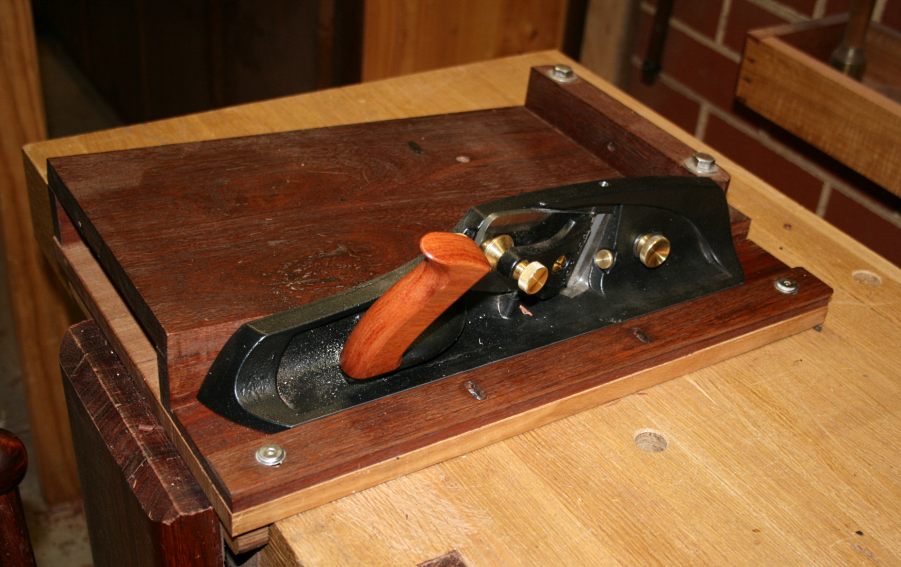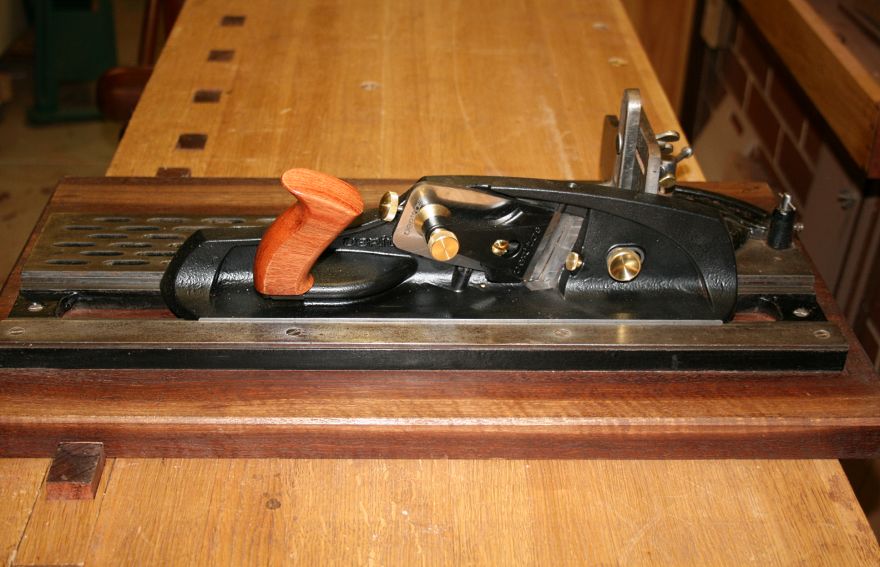Mario Turcot
Member
- Joined
- Nov 26, 2017
- Messages
- 1,288
I know there is quite a few peoples here that have a lot of experience with those planes. I'd like to know what is the difference and which one is more suited for a beginner to make frames.


Thanks!


Thanks!







